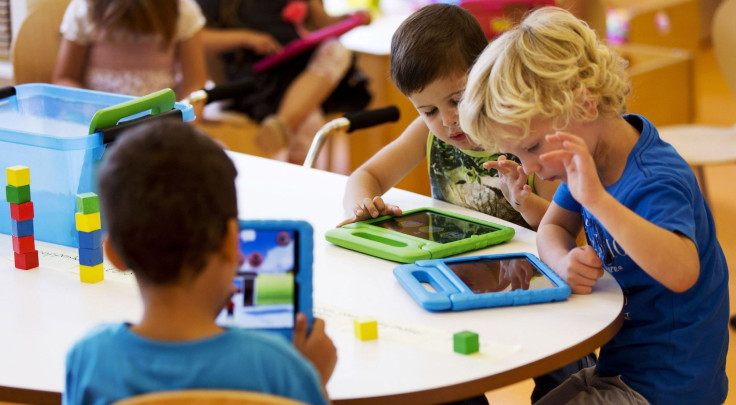Toddlers who have poor motor skills may be bad in math, research reveals

Two-year-old children manifesting poor motor function also have poor mathematical skills, a study suggests. Researchers at the University of Stavanger’s Norwegian Reading Centre say having this knowledge will make it easier for teachers to identify children who may need extra help in math.
As early as birth, children can relate to mathematics. A newborn, for example, uses shape recognition to distinguish its mother's face from that of stranger, while a one-year-old child encounters classification by noticing that animals that make different sounds are called different things. A two-year-old, meanwhile, explores shapes and sizes when playing with blocks. While kids are introduced to math in their early years, it can be challenging for the teachers of small children to gauge children's mathematical levels. The researchers hope to address this gap by establishing a correlation between mathematical skills and motor function. The study, published in the European Journal of Early Childhood Education, uses data from structured observations of children between the ages of two and nine months.
According to the study, there were big differences in mathematical skill levels between the children with the strongest and poorest motor skills. Children with good motor skills were more mathematically advanced in all areas studied. “Most of the children who had poor motor skills were not very good at mathematics. We cannot comment on causality, only that the level of mathematical proficiency can be reflected in motor skills,” says Associate Professor Elin Reikerås of the Norwegian Reading Centre at the University of Stavanger.
Researchers observed the children’s motor skills through activities such as putting on clothes, doing jigsaws, eating with a spoon and fork, using scissors, walking around the room without bumping into things, using playground equipment, and throwing and catching a ball. Meanwhile, the mathematical skills they examined among the two-year-olds included being able to use their fingers to show how old they were, if they could use the shape sorter box, play picture lotto, sort toys or objects according to colour, size or category, demonstrate the difference between big and small through the use of body language or words and use numerals.
Studies show the importance of children’s motor skills for play, discovery and experience, especially for two-year-olds who learn important math skills as they play and complete their daily routines. Using a toy to represent another object, kids will be able to recognise patterns and understand concepts of time like “tomorrow” and “yesterday.” Two-year-olds are also just beginning to use logical reasoning to solve simple problems, such as sorting shapes, completing puzzles with eight pieces or less, stacking a set of rings on a peg by size as well as understanding addition and subtraction with the numbers one and two.
Reikerås and her team point out that more research is required into the significance of motor skills and the early development of mathematical proficiency. Since their study has only analysed two-year-olds, the researchers do not currently know if children continue to develop within these two areas and if the correlation continues to be as strong later on.
Contact the writer at feedback@ibtimes.com.au or tell us what you think below.





















